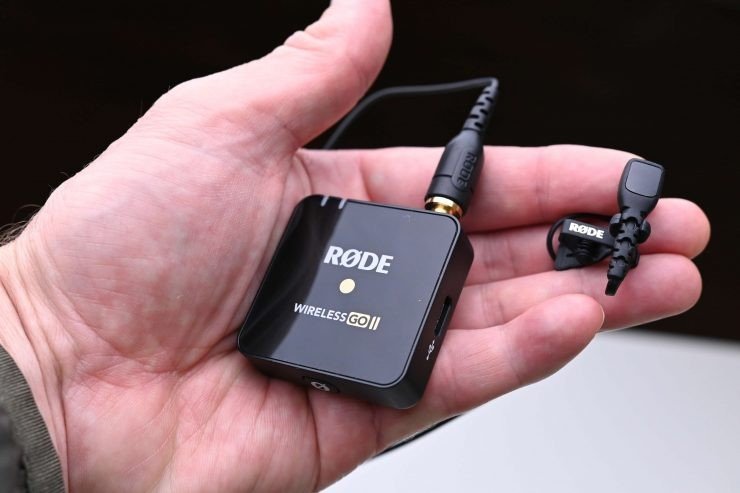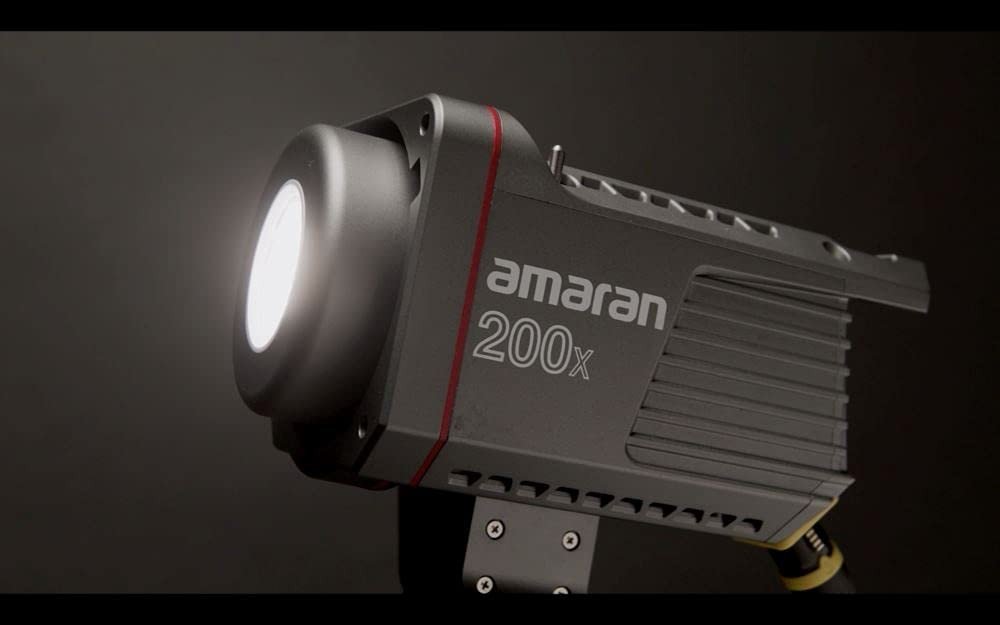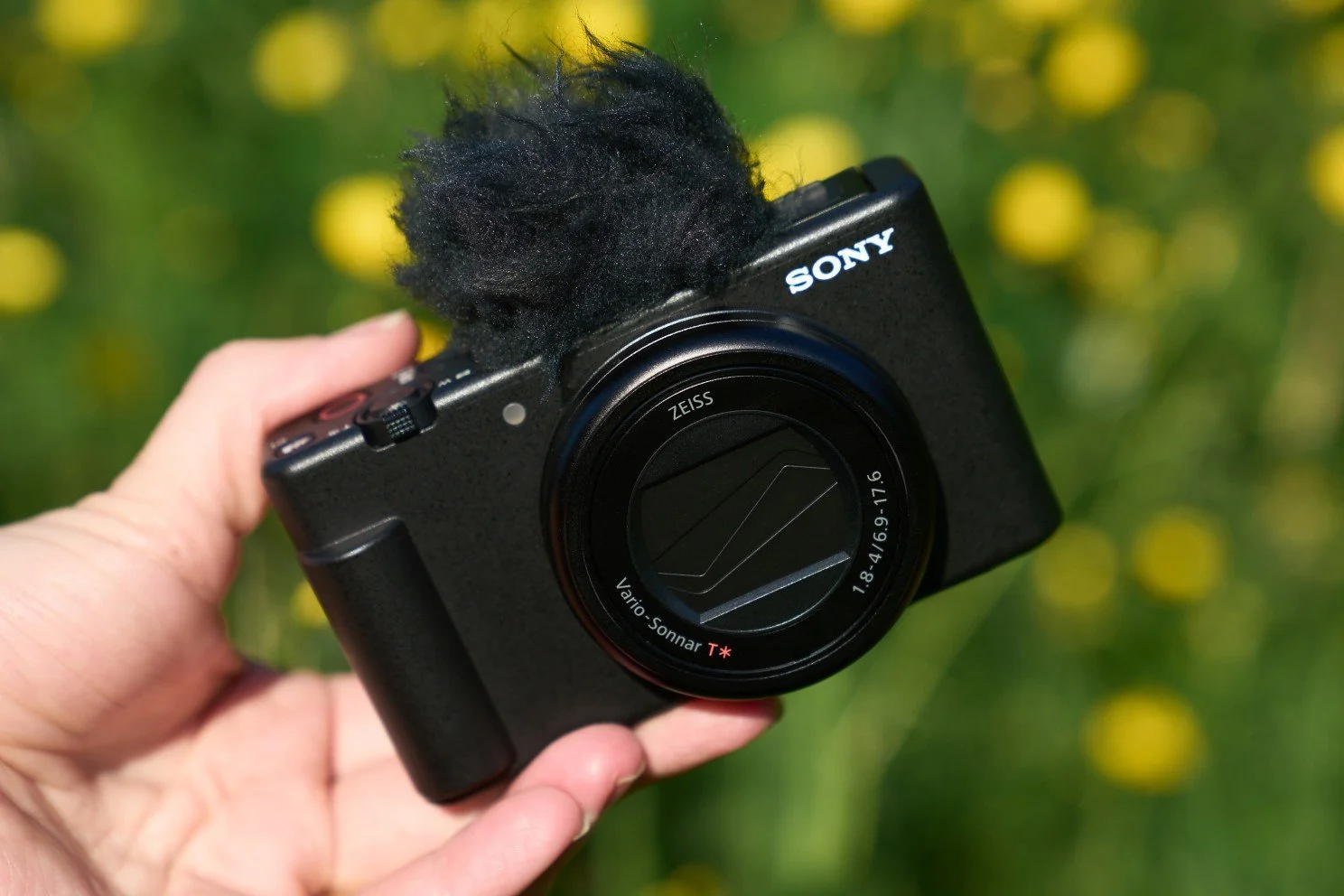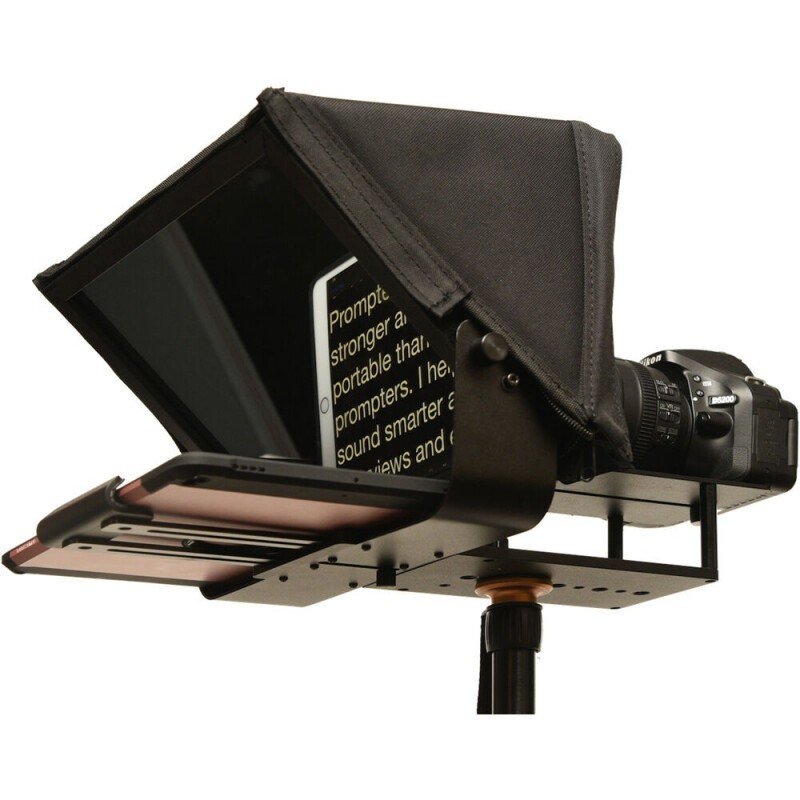Turning Your Book Into a Video Course
A step-by-step guide from equipment selection to publishing your course.
Your Novel Idea Could Make You More Revenue
Launching the transformation of your successful book into a video course signifies not only an innovative approach to content diversification but also a lucrative way to generate a fresh revenue stream. Imagine taking your work, which is already resonating with readers, and bringing it to life in a dynamic, interactive format.
This new medium presents an opportunity to enrich your audience's learning experience, offering them an immersive journey through your material. With the right strategies and effective execution, creating a video course can lead to significant monetary gains, potentially generating hundreds of thousands of dollars.
Turning Your Book Into a Video Course
Consider your book as the ready-to-use script for your video course. The structure's chapters and subheadings conveniently provide a blueprint for designing course sections and lessons. Begin this transformative process by choosing the right platform for your course; options such as Udemy, Skillshare, or Teachable are popular for their reach and user-friendly interfaces. Familiarizing yourself with their specific guidelines is crucial to ensure your course meets their requirements.
Once you've selected a platform, organizing your content begins. A typical video course can range between 20 to 60 individual parts, with each segment spanning from 5 to 15 minutes. This modular approach ensures that your content is digestible and engaging.
Investing time in meticulously editing your script and planning for recording are critical steps. This doesn't merely involve converting your written word into spoken language but rather involves enhancing the engagement and value of your content for a video format.
The Equipment You Will Require
To produce a top-notch video course, having the right equipment is imperative. The essential tools include:
● A quality microphone for clear audio.
● Adequate lighting and lighting modifier to ensure you are visible and professional.
● A high-resolution camera for sharp video.
● Plus, an iPad to function as a teleprompter, guiding you seamlessly through your script.
These essential elements combine to create a professional and compelling video course.
Use a High-Quality Microphone
Sound is an indispensable component of any video course. To ensure your voice resonates with clarity and authority, investing in high-quality audio equipment is crucial. Two crucial components to your sound recording setup are the Rode Wireless GO II Wireless Microphone System and the Rode SmartLav+ Lavalier Microphone. When used together, they form a synergistic solution that amplifies your sound quality to new levels.
The Rode Wireless GO II allows you to move freely during recording sessions, eliminating the hassle and possible interruptions caused by tangled wires while delivering a crisp and clear sound to your audience. Complementing this, the Rode SmartLav+ is a lavalier microphone that conveniently clips onto your clothing, serving as an inconspicuous and hands-free audio solution. With its high-quality audio, this mic can be directly connected to your computer, adding a new dimension of versatility, particularly for Zoom calls or webinars. With these two pieces of equipment combined, you're setting yourself up to deliver a professional and engaging video course with supreme audio quality.
Recommended Lighting Equipment
Proper lighting is crucial for capturing professional-quality video content. One of the recommended options is the Amaran 200x Bi-Color LED Video Light. This piece of equipment provides consistent, high-quality lighting, offering the flexibility of adjusting color temperature and intensity. It's important to remember that not all light sources are created equal, and the Amaran 200x stands out for its exceptional color accuracy and brightness control, essential features for producing visually engaging videos.
Complementing your light source with a softbox, like the NEEWER 22-inch/55cm Parabolic Softbox, significantly enhances the quality of your video. Softboxes help diffuse and distribute light evenly, reducing harsh shadows and creating a more flattering effect on the subject.
These lighting tools are beneficial for video course production and can elevate the professionalism of your online meetings or webinars. Regarding video, remember good lighting is key to creating an appealing and engaging visual experience.
Obtain a Capable Camera
Choosing the right camera is critical to your video course's visual quality. While many options in the market can quickly become costly, the Sony ZV-1 II is an excellent recommendation. Notably user-friendly, this camera has a simplified operation that eases the learning curve, making it suitable for individuals new to videography.
Furthermore, its advanced technology eliminates the need for additional lenses, simplifying the setup and reducing costs. The Sony ZV-1 II is a perfect blend of affordability, ease of use, and cutting-edge technology and is an excellent choice for video course production.
Setup a Teleprompter
Incorporating a teleprompter into your video course setup significantly improves the delivery of your content. Modern teleprompters, like the Glide Gear TMP100 Adjustable iPad/Tablet/Smartphone Teleprompter Beam Splitter, use reflective glass to display your script from an iPad, tablet, or smartphone. Positioned correctly, the camera sits behind the teleprompter, making it appear as if you're directly addressing your audience when reading the text.
For seamless operation, the PromptSmart Pro app is recommended. This intuitive application allows you to import your script easily, and its automatic speech recognition feature means the script advances as you speak, ensuring a smooth and professional presentation of your video course.
The Recording Process
Before venturing into the recording phase, familiarize yourself with your equipment. Despite being designed for ease of use, every tool requires a period of exploration and understanding. After ensuring all systems function optimally, create a visually appealing background for your video course.
A classic approach involves positioning a bookshelf in the background, giving a scholarly ambiance to your footage. Pay careful attention to the lighting setup, avoiding any bright light, such as the direct sun, strobe, or LED hitting the camera from behind, which could cause visibility problems. Instead, if you want to position lights in the background, opt for a shaded lamp or light that is soft in its ambiance. A well-planned recording environment and your proficiently handled equipment lay the foundation for a high-quality, engaging video course.
Editing The Video
Following the recording, the next step is video editing, a crucial phase that polishes your content and brings everything together. For beginners, iMovie offers a user-friendly interface and a range of features to make your video look professional.
If you are willing to delve deeper into the editing process, Final Cut Pro X (FCPX) provides advanced tools for refined editing. This stage involves trimming unnecessary footage, adding transitions, adjusting audio levels, and fine-tuning every detail to create a visually cohesive and engaging video course.
Final Steps: Export, Publish, and Share
Transforming a book into a video course can pose challenges, including costs, equipment setup, and the acquisition of new skills. Yet, the value and potential returns it can bring are rewarding.
If navigating this process alone feels daunting, do not hesitate to seek professional assistance. I'm here to guide you every step of the way. Whether you require a one-on-one consultation or comprehensive support in creating your video course, Studio Siddha can elevate your content to new heights.
Make your move now, and experience the transformation your book can undergo from the written word to an engaging, impactful video course.






